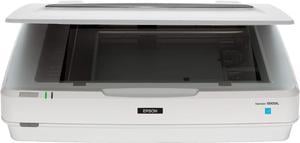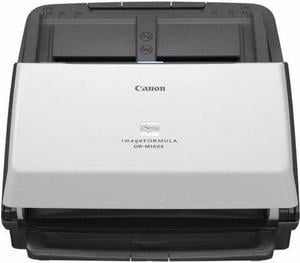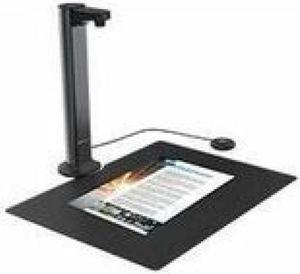- Home
- Office Solutions
- Office Machines & Equipment
- Scanners
- Flatbed Scanners
Flatbed Scanners
- In Stock
- Sold by Newegg
- New
- Make an Offer
- Brands
- Show More
- Price
- Show More
- Scanner Type
- Series
- Image Sensor
- Resolutions, Optical
- Color Depth
- Max. Document Size
- Show More
- Interface
- All Top Brands
- Availability
- Condition
- Sold by
- Useful Links
- New
Show More
- Customer Ratings
- & up

- Image Sensor: CIS
- Light Source: Three-color RGB LEDs
- Scanning Speed: Document: Approx. 10 Seconds (300 dpi / Letter Size / Color) 4.00" x 6.00" Photo: Approx. 5 Seconds (300 dpi / Color)
- Resolutions, Optical: 2400 x 2400dpi
- Model #: 2995C002
- $84.99
- $79.99 –
- Save: 5%
- Free Shipping
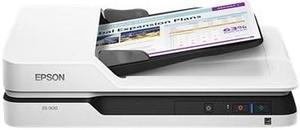
- Image Sensor: Contact Image Sensor (CIS)
- Light Source: 3-color LED technology
- Duplex Scanning: Yes
- Scanning Speed: 25 ppm simplex, 10 ipm duplex (300 dpi, Black-and-White, Grayscale, Color)
- Model #: B11B239201
- $359.00 –
- Free Shipping
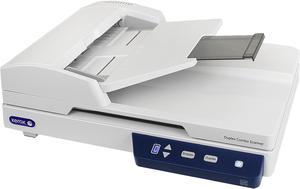
- Image Sensor: CIS
- Light Source: LED (light emitting diode) instant on
- Duplex Scanning: Yes
- Scanning Speed: 25 ppm / 50 ipm @ 300 or 200 dpi (Color, B&W or grayscale)
- Model #: XD-Combo
- $277.99 –
- More options from $234.49 - $403.27
- Free Shipping
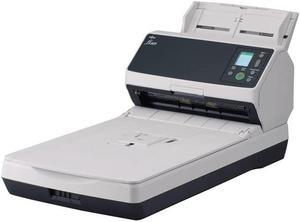
- Duplex Scanning: Yes
- Scanning Speed: Fast, double-sided scanning of up to 70 pages per minute
- Automatic Document Feeder (ADF): Yes
- ADF Capacity: 100-page
- Model #: PA03810-B555
- $1,616.99 –
- More options from $1,616.99 - $1,772.75
- Free Shipping

- Model #: 783064427449
- $799.00
- See price in cart
- More options from $621.99 - $691.99
- Free Shipping

- Resolutions, Max: Up to 600 x 600 dpi (color and mono, ADF); Up to 1200 x 1200 dpi (color and mono, flatbed)
- Color Depth: 24-bit (external), 48-bit (internal)
- Max. Document Size: 8.5" x 122"
- Media Type: Paper (banner, inkjet, photo, plain), envelopes, labels, cards (greeting, index)
- Model #: 20G06A#BGJ
- $689.00 –
- More options from $689.00 - $777.58
- Free Shipping
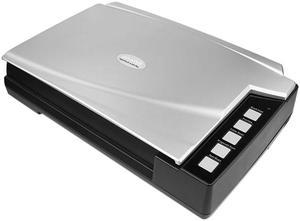
- Image Sensor: CCD
- Light Source: LED
- Scanning Speed: 2.48 sec (Color mode, 300dpi, A3) 2.10 sec (Grayscale/ B&W mode, 300dpi, A3)
- Resolutions, Optical: 600 x 600dpi
- Model #: A300PLUS
- $1,499.00 –
- More options from $1,499.00 - $1,616.75
- Free Shipping

- Weight: 1.72
- Model #: 783064607872
- $279.00
- See price in cart
- More options from $247.99 - $273.04
- Free Shipping
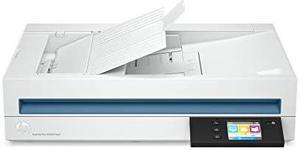
- Image Sensor: CIS
- Resolutions, Optical: 600 x 600dpi
- Resolutions, Interpolated: 1200 x 1200 dpi
- Color Depth: 24-bit (external), 48-bit (internal)
- Model #: 20G07A#BGJ
- $1,089.00 –
- More options from $1,088.90
- $4.99 Shipping

- Weight: 2.0000
- Model #: 461854
- $156.99 –
- More options from $153.99 - $194.44
- Free Shipping
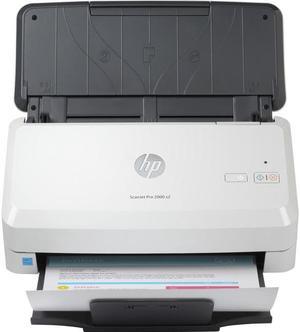
- Part Number: 6FW06A#BGJ
- Features: HP ScanJet Pro 2000 s2 Sheet-feed Scanner
- Weight: 6.0000 lb
- Model #: 6FW06ABGJ
- $429.00 –
- More options from $382.75 - $439.82
- Free Shipping
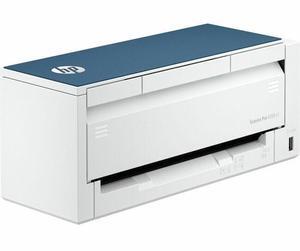
- Brand: HP
- Parts: 1 Year
- Model #: 8Q4W2A#BGJ
- $637.08 –
- More options from $637.08 - $656.56
- Free Shipping

- Weight: 9.8800
- Model #: 8011876
- $431.99
- $425.99 –
- More options from $425.99 - $836.99
- Free Shipping

- Weight: 9.8300
- Model #: 8011892
- $535.99 –
- More options from $535.99 - $692.22
- Free Shipping
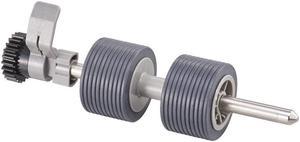
- Model #: PA03800K012
- $59.99 –
- More options from $38.37 - $59.99
- Free Shipping
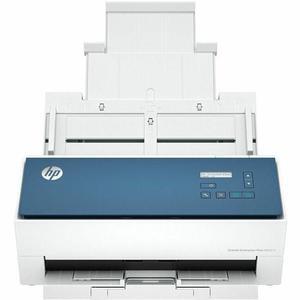
- Brand: HP
- Parts: 1 Year
- Model #: 8Q4W0A#BGJ
- $2,399.00 –
- More options from $2,399.00 - $2,400.29
- Free Shipping

- Model #: CF066-67906
- $559.99 –
- Free Shipping
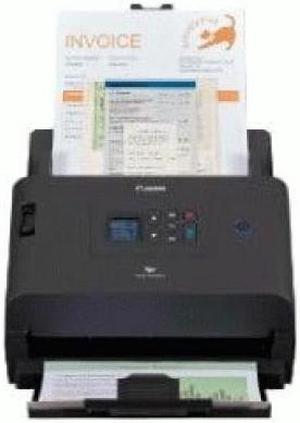
- Parts: 3 Year
- Model #: 6383C002
- $895.00
- $799.00 –
- Save: 10%
- More options from $799.00 - $862.64
- Free Shipping

- Image Sensor: dual linear color contact image sensor (CMOS CIS)
- Scanning Speed: 7 seconds per single-sided page in B&W mode at 200dpi, 10 seconds per page duplex mode
- Resolutions, Optical: up to 600 dpi
- Media Size: Scan Area: maximum 8.50" x 14.00" (216.00 mm x 355.00 mm) Media Thickness: up to 1.00 mm
- Model #: DS490-PRO
- $366.99
- $346.99 –
- Save: 5%
- Free Shipping
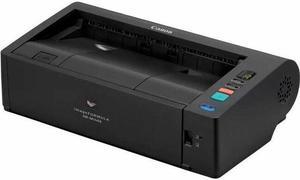
- Parts: 3 Year
- Model #: 6050C002
- $899.00
- $799.00 –
- Save: 11%
- More options from $799.00 - $916.54
- Free Shipping

- $7,999.99 –
- Free Shipping
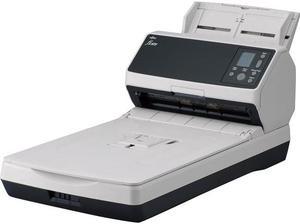
- Model #: PA03810-B505
- $2,399.99
- $2,169.99 –
- Save: 9%
- More options from $2,097.27 - $2,556.44
- Free Shipping
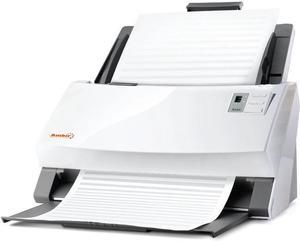
- Model #: DS340-ATH
- $499.95
- $493.99 –
- More options from $486.34 - $517.42
- $11.14 Shipping

- Weight: 2.0000
- Model #: 461855
- $138.99 –
- More options from $130.74 - $176.41
- Free Shipping
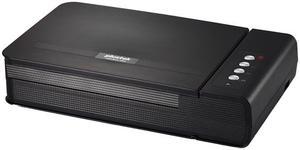
- Image Sensor: CCD
- Light Source: LED
- Scanning Speed: 3.6 sec (Color/ Grayscale/ B&W mode, 300dpi, A4)
- Resolutions, Optical: 1200 x 1200dpi
- Model #: OpticBook 4800
- $499.28 –
- More options from $499.28 - $538.76
- Special Shipping

- Image Sensor: CIS
- Light Source: LED (Light Emitting Diode), instant on
- Scanning Speed: Letter/A4 (8.5" x 11"): 2.5 sec/page sec/page Ledger/A3 (11" x 17"): 3.5 sec/page sec/page
- Resolutions, Optical: 600 dpi
- Model #: XDM47005M-WU
- $706.06 –
- More options from $695.88 - $706.06
- Free Shipping
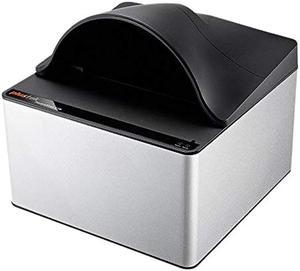
- Model #: 783064667067
- $310.43 –
- More options from $310.43 - $395.99
- Special Shipping
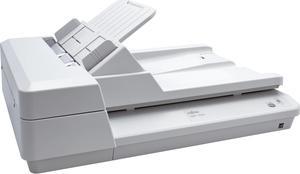
- Weight: 16.0000
- Parts: 1 Year
- Model #: PA03753-B005
- $439.99 –
- More options from $439.99 - $561.59
- $27.85 Shipping

- Model #: DS687-PRO
- $412.78 –
- More options from $412.78 - $462.92
- Special Shipping

- Model #: 783064637787
- $876.66 –
- More options from $876.66 - $986.99
- Special Shipping
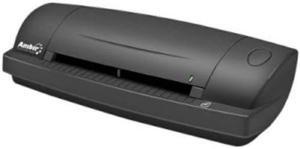
- Model #: DS687-U3P
- $329.46 –
- More options from $329.46 - $353.41
- Special Shipping
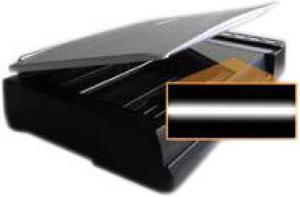
- Weight: 30
- Model #: 273-BBM210-C
- $1,526.49
- $1,471.84 –
- More options from $1,471.84 - $1,518.20
- Special Shipping
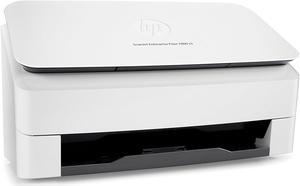
- $1,151.04 –
- Special Shipping
Create digital copies of documents, client files and photos with the right flatbed scanners. Consider specialty scanners for capturing lines of text or film, or choose mobile options for work away from the office. Get more out of your space with models that combine scanning with printing, copying and faxing features. Photo scanners with high resolution, expressed in dots per inch (DPI), easily capture fine details for enlarging pictures and images.
Digitize Text and Images With Ease
Flatbed scanners come in a variety of models. A traditional flatbed model works well for copying text and graphics from paper. Some photo scanners with higher resolutions copy tiny details in photos, and help transform older images into digital files. Look for film, slide and other specialized scanners for digitizing specific types of media. Film and slide scanners use built-in backlighting for clear scans of negatives. Duplex sheet-fed scanners tackle stacks of paper and scan both sides, making them a good option for larger files. For smaller projects, a traditional sheet-fed document scanner lets you insert individual pages.
Advanced Technology for Clear Digital Files
Flatbed models let users position pages directly on the glass, making it easy to capture information from thicker files and books, photos and single documents. Some flatbed scanners feature a glass panel and light source that moves across the items to capture the details. Models with charge-coupled device (CCD) arrays create charges with light photons that capture the sequences on the page with mirrors and digitize them. Options with contact image sensor (CIS) technology rely on LEDs placed close to the source, capturing details without using lenses and mirrors. CIS scanners are also compact and require less power for operation, making them a suitable choice for home and small office use. Consider document scanners with optical character recognition (OCR) for creating searchable and editable digital files. Each technology offers clear scanned images that capture the details in text and graphics. Some include programs for use with apps that streamline the scanning and saving process.
Flatbed Scanners Handle Multiple File Sizes
Most flatbed devices handle single sheets, but also accommodate thick files. Document scanners often have hinged lids that shift to scan pages from books and other thicker materials. Some models provide faxing and copying features for added functionality. Smaller 35mm styles accept film, while large 8.5in. x 14in. beds scan legal-size documents. Larger choices digitize documents up to 11in. x 17in. for oversize pages or copying side-by-side book pages.
Mobile Scanning Options Provide Flexible Productivity
For those who work outside the office, mobile document scanners help capture information. These smaller machines accept single sheets and copy them onto a hard drive, USB or laptop. Card scanners offer a small footprint to make digital copies of IDs, business cards and other small documents. If you're constantly on the go, consider travel cases that protect mobile scanners when not in use. Opting for battery-operated devices will help minimize cord clutter. Some models offer USB connections that let you power the machine with your laptop when there are no AC outlets available. Handheld scanners also provide simple copies with small footprints that go almost anywhere.
Bestselling Flatbed Scanners Reviews:
“ We had been using our old CanoScan for over a decade since Win 7 required a change, but there was no driver for it on Win 11 so we shopped Canon again and found this beauty. ”
Canon CanoScan LiDE 400 4800 x 4800 DPI Flatbed scanner Black A4
